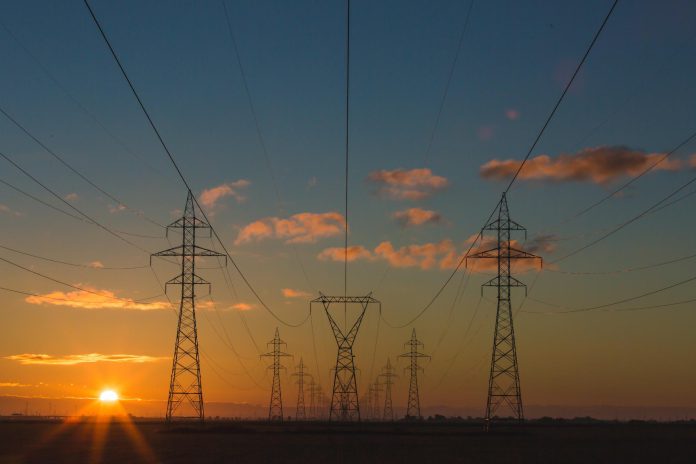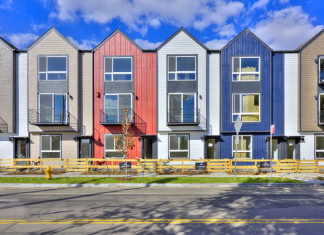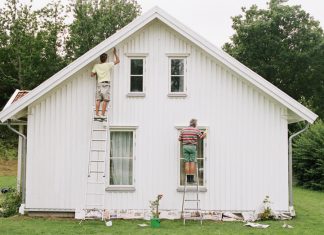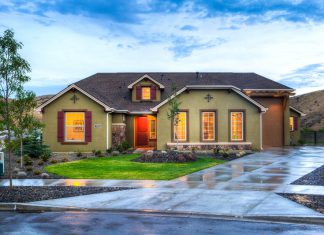Efficiency is the name of the game when it comes to conserving energy and lowering your utility bills. With a whole host of practical tips and suggestions, this guide is tailored to help you maximize your home energy efficiency. By adopting a few key strategies, you will not only save money but contribute to a greener and more sustainable world.
Optimize Insulation
Providing your home with proper insulation is crucial for maintaining a comfortable indoor temperature while reducing energy consumption. Ensure that your attic, walls, and floors have appropriate insulation materials, and be sure to seal any gaps you find in the process. Windows and doors can also be insulated using weather stripping or adding storm windows and doors.
Harness Natural Light
Take full advantage of natural daylight by designing your living spaces to maximize the usable hours of sunlight. Skylights, large windows, and light tunnels can help bring natural light into your home and reduce your reliance on artificial light sources. Additionally, using light-colored wall finishes and mirrors can help reflect and disperse daylight throughout a space.
Smart Power Strips and Energy Use Audit
Invest in advanced power strips, also known as “smart” power strips, which automatically shut off power to devices that are not in use. In addition, conduct an energy use audit for your home, either with the help of a professional or on your own. This will help you identify energy inefficiencies and find ways to implement improvements. Understanding your home’s energy usage is essential, and leveraging resources like Power to Choose can help you make informed decisions about your home’s energy consumption.
Go Solar and Install a Solar Water Heater
Installing solar panels is a great way to generate clean energy for your home while reducing your reliance on fossil fuels. In addition, consider installing a solar water heater, which can be an efficient and cost-effective method of providing hot water for your needs.
Use Energy-efficient Lighting
Replace old incandescent light bulbs with energy-efficient options, such as compact fluorescent lights (CFLs) or light-emitting diode (LED) bulbs. These alternatives not only save energy but generally have a longer lifespan, leading to lower replacement costs over time.
Install a Programmable Thermostat
One of the easiest ways to upgrade your home for energy efficiency is by installing a programmable thermostat. By automating temperature settings, you can reduce energy usage when you’re away or sleeping. According to the U.S. Department of Energy, turning back your thermostat 7-10 degrees Fahrenheit for 8 hours a day can save you up to 10% on heating and cooling costs.
Incorporate Smart Home Technology
Smart home technology can help you manage your energy consumption more effectively. From intelligent thermostats and smart lighting to energy monitoring devices, these technologies can make it easier for you to optimize your home’s energy efficiency. You can even remotely monitor and control your energy usage through smartphone apps, providing additional convenience and potential energy savings.
Optimize Home Appliances
- Energy-efficient appliances: When it’s time to replace your appliances, be sure to choose models that are ENERGY STAR certified. These appliances not only consume considerably less power but also perform just as well, if not better, than their less efficient counterparts.
- Proper maintenance: Keep your appliances well-maintained. For example, routinely clean your refrigerator coils and drier lint traps, as accumulated dirt and lint can increase energy consumption.
- Washing machines: Washing your clothes using cold water when possible can save energy by reducing the need to heat the water. Additionally, using full loads will require fewer loads overall, saving water and energy.
Plant Trees Strategically
Planting trees around your property can provide natural shading and reduce the amount of heat penetrating your home, ultimately lowering your energy consumption. By carefully selecting deciduous trees and placing them strategically around your property, you can provide shade in the summer months while still allowing sunlight to enter your home during the winter months when the leaves have fallen.
Perform a DIY Energy Audit
Perform a self-assessment of your home’s energy efficiency by conducting a DIY energy audit. Inspect your home for draft sources, check insulation levels, and evaluate your heating and cooling systems. By spotting inefficiencies and making necessary improvements, you can save a significant amount on your utility bills.
The quest for home energy efficiency should never be a one-time effort. Instead, consider it an ongoing pursuit to create a more sustainable and efficient living environment. By drawing on the strategies outlined in this guide, you can not only lower your utility bills but also contribute to a greener and more eco-friendly world.














